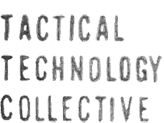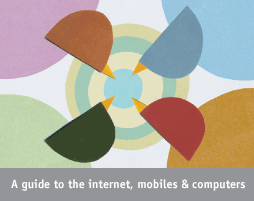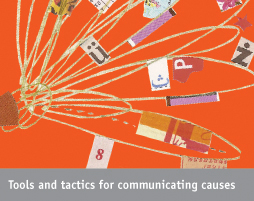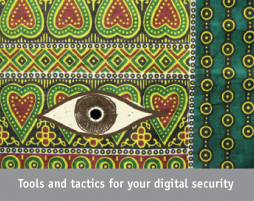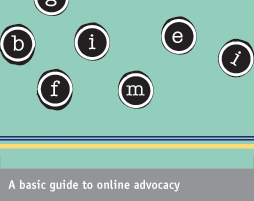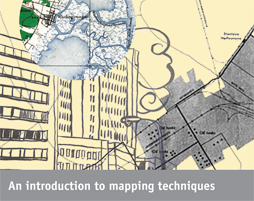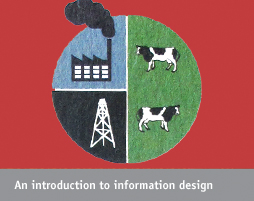Opening Open Data
The latest installment from our Data and Design How-tos is here! It includes plenty of examples of interesting open data projects from different parts of the world as well as advice on how to use open data in activism yourself. Read an excerpt below or go straight to the note.
Data seems more abundant these days. Governments and international institutions are publishing more and a growing collection of initiatives around the world are making it more useful to citizens. These projects are helping realise the goals of many activists, such as demystifying how tax money is spent, seeing how elected representatives vote in parliament, how development aid money is used, and how public services perform. It is driving innovation in a wide variety of different sectors, including politics, journalism, public services and anti-corruption.
For others, the opposite it true. Data remains as hard to find as it ever was on issues that are opaque, such as corporate and national security issues. In the majority of countries, not least those that are closed and repressive, freedom of information remains a far off aim. The data that many activists have is often found, leaked to them or discovered through tenacious and risky investigations. In some cases, it comes in stacks and boxes of paper that need to be made sense of somehow.
Whether easily obtained from public sources or not, the biggest challenge for activists is still to do something useful and effective with the data they can get. In this third Note on Data and Design, we offer three complimentary takes on how to do this:
- The first section - Open data. What is it? So what? - gives an introduction to the access of information and open data movements, and what they mean in practice for activists. We draw on examples of advocacy groups others using open data and its techniques to make things happen in what we call 'data dark zones'.
- Making data useful online is the second section. In it we look at the basic starting points for making smart use of data, including using it to tell stories and 'hack' public services to improve them. Our key example is of an initiative that has made over 2 million of India's court cases available online, with rather disruptive consequences.
- We wrap up this Note with a section called Accessing data when it's inaccessible. This detailed, hands on section digs deep into two essential techniques to help you get at data locked in stacks of paper and drives of digital files. The examples we use come from groups documenting political violence in Zimbabwe, and investigating the secret world of the CIA's extraordinary rendition program.
